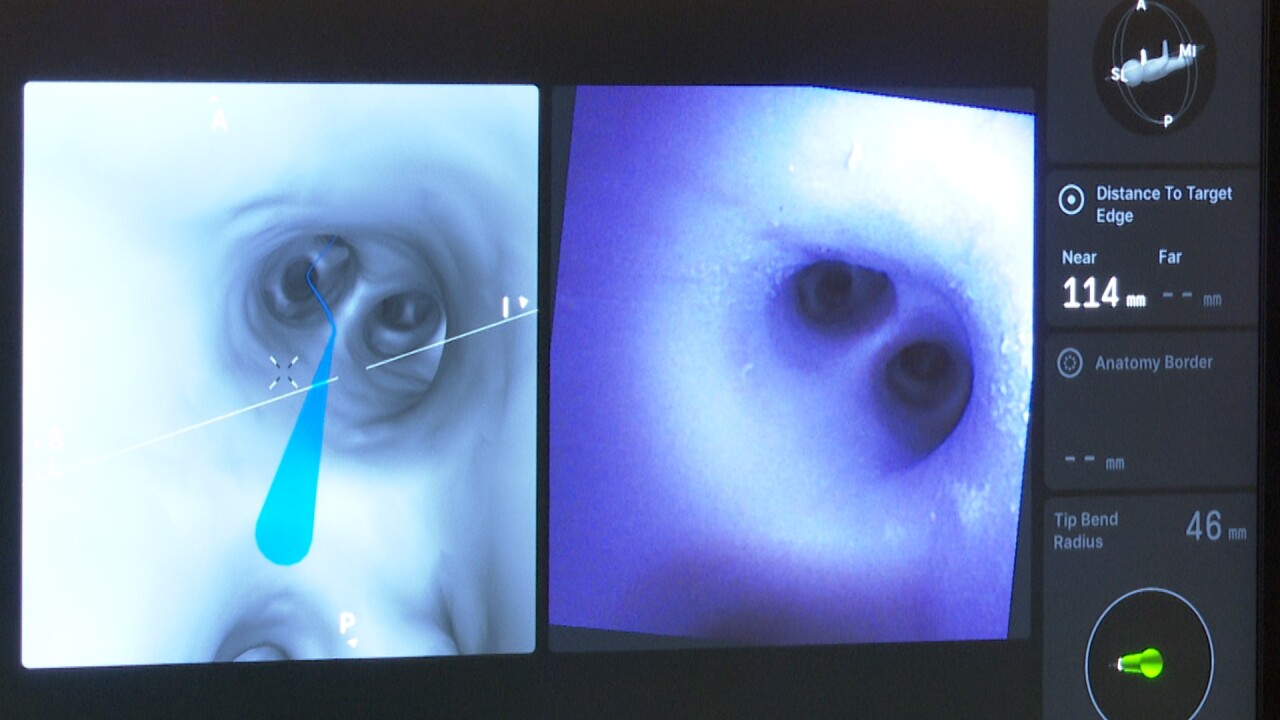BILLINGS - Aspyn Bowman is thinking big for her career path.
"I think surgery. It’s really interesting to me," she said.
If Bowman, a Billings West student who is enrolled in a med careers course at the Career Center, was simply leaning toward becoming a surgeon before Monday, it may be squarely in the lead now.
"I just always thought of it as the open procedures," Bowman said, "but seeing all the possibilities that are coming out is very exciting."
The med careers class got hands-on experience with two different surgical robots at St. Vincent Healthcare.
One was the DaVinci, where the operator virtually controls tiny instruments feet away from them. St. V’s surgeons have been using it for a number of different procedures.
"What we’ve found repeatedly in robotic surgery is less pain, earlier return to function and activity," said Dr. Jeff Rentz, a general and thoracic surgeon at St. Vincent's.

But Monday’s real star was the Ion, a camera-based robotic that is helping diagnose lung cancer more accurately than ever.
"This robot lets us get to spots in the lung we’ve never seen before," said St. Vincent's registered nurse Kristen Ronquillo.
Ronquillo has a passion for the lung program, advocating heavily for this new tech, the first of its kind in Montana.
Two surgeons, including Rentz, have used it so far - good timing with November being Lung Cancer Awareness Month.
According to the American Cancer Society, lung cancer is the leading cause of cancer deaths in the United States, accounting for 25% of all cancer deaths.
Each year, more people die of lung cancer than of colon, breast, and prostate cancers combined.
Unfortunately, most lung cancer is found only after symptoms occur.
"Recently, up to 80% of people with lung cancer were already incurable at the time of diagnosis," Rentz said. "But with early detection through CT scans, some places have been able to lower that to 50% of people.”

After the scan, the Ion can then confirm if a lesion is cancerous, and in the same procedure, the DaVinci can remove it.
"This is the best we have in 2022 to bend the curve on lung cancer mortality," Rentz said. "And I think we’re going to see it to grow beyond the lungs. But this is a wonderful step forward."
A great marriage of the future in tech, and those who will use it.




